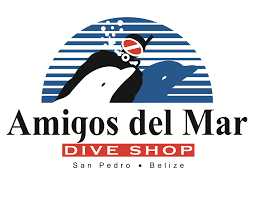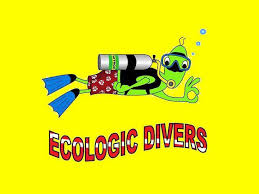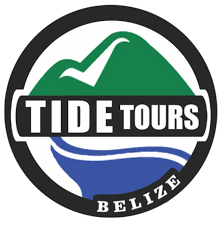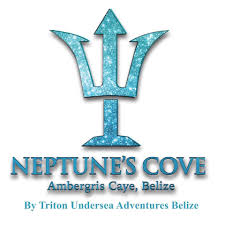|
Octopuses, the "Brains" of the sea The Caribbean Reef Octopus is fascinating to look at isn't it? Brown (ranging in shades), is their natural color when they are in their normal state. They are able to change the pigment of their body with ease, as this serves as a protection for them against predators. The Caribbean Reef Octopus, is the octopus that is commonly found shallow warm waters of the coastal areas of Belize. These fascinating creatures are often seen around the Hol Chan Marine Reserve, ranging in size from (6) inches to (3) feet. How To Identify a Caribbean Octopus Caribbean octopuses can be commonly confused with other types of octopuses. One way to definitely tell them apart, is by looking at the eyes. The Caribbean Reef Octopus has a dark circle around their eye. The body is about 6 inches in length but the span of the arms is quite a bit more. This can cover the space of about 36 inches. The overall size of them really depends on the particular region where they happen to live. Complex brains - Octopuses have the most complex brain for invertebrates (animals lacking backbones). Scientists have discovered that octopuses use their memory to learn from their experiences and solve problems as they arise. For example, after a close call with a predator, an octopus will remember where the predator resides and will stay clear of that area. Octopus Ink - When an octopus finds itself in a compromising situation with a predator, it will often release a cloud of dark purple ink into the surrounding water in an attempt to confuse the predator. Sometimes, however, this survival technique backfires and causes harm to the octopus. The ink is highly toxic and if released into a confined area or where water lacks current, the octopus can become ill and even die. Another less deadly survival technique that octopuses have evolved is changing their skin color. If the octopus needs to blend into a background to avoid a predator, pigment cells in the skin are activated, camouflaging the skin to match the surrounding environment. The color of the octopus also reflects the mood of the creature; for example, red signals anger, while white signals fear. When the situation is less tense and it's time for an octopus to mate, this monogamous creature chooses one partner and stays with it for life. Predators Depending on the location where the Caribbean Reef Octopus lives, it can have some concerns with various types of predators. Among them include eels, stingrays, small species of sharks, and various types of fish. If they can’t move away from the situation, they will release ink from their bodies to confuse the predator - allowing them to escape safely. Humans are also considered predators. They are considered to be great for various types of meals such as fried calamari and ceviche. They aren’t in any jeopardy of extinction (at this time), as their number count is still good in many of their habitats. Red Marks Indicate Habitats for the Caribbean Reef Octopus Habitat & Distribution Octopuses live in shallow coastal waters and along the reef where there are formations of caves and dens for them to hide in. You can commonly find them in and around the shallow coastal areas of Belize & the Caribbean where the waters are warm. Thus the name Caribbean Octopus. They will move around from one location to location, never staying for more than a couple of weeks in any one spot. The females who have laid eggs are easy to notice, as they continually hover of one given area until either they die or the eggs hatch. They love to reside in sea grass and along the corral reefs. Octopuses are nocturnal, moving around at night. They do appear to glow at night, from under lighting due to their coloring. Diet & Feeding Habits The Caribbean Reef Octopus spends most of its night looking for food. They majority of the diet is made up of crustaceans, mollusks, crabs and lobsters. An octopus will frequently lure prey by waiving an arm tip, mimicking a worm. The octopus then grabs the prey with its arms, biting it to inject a poisonous substance (paralyzing it) and a digestive enzyme. The octopus then sucks the flesh from the prey, discarding the shell. Various types of small fish are also known to be part of their diet as well. Behavior Like all octopus they live on their own. They don’t seem to be too bothered though when other types of octopus come into contact with them. The passage is often something that occurs without any interaction at all. The only time they will pay any real attention to another octopus, is when they are interested in mating with a female. While all types of octopus are very intelligent, this specific species is said to be among the most intelligent of them all. Extensive research though is almost impossible on them. This is because of the fact that they don’t live very long lives. It is believed that their intelligence would continue to develop and to improve if they lived longer. Anatomy The octopus is totally unique with its soft body, no outer shell and 8 arm projections or tentacles. They have (3) hearts and (9) brains. Two hearts pump blood to the gills, while a third heart circulates blood to the rest of the body. A central brain controls the nervous system, while there is one brain for each of the eight arms. Their mouth and beak are located at the center of the tentacles. If the octopus loses one of the tentacles, another will grow in the same place. On each tentacle are as many as 240 suction cups arranged in 2 rows. For a medium sized octopus, their overall body weight can be just over three pounds. They have a head that is very large which is part of their mantle. The eight arms are extremely thick. They aren’t able to move as quickly as other species of octopus but they don’t have to. Their abilities to lie flat allow them to appear like part of the natural scenery instead of a living creature. The body is often arranged in a pattern that looks like a parachute that is open and lying on the ground. The acute sense of touch that octopuses have also aids in their survival and in finding prey. The suckers that are found on the underside of its eight tentacles act as eyes that can differentiate between different sizes and shapes and help it find prey, such as lobsters and crabs. The eyes of octopuses are also highly complex, comparable to human eyesight. Each tentacle has about 240 suction cups arranged in (2) rows Breeding & Reproduction Two octopuses will mate for life. When it is time for reproduction, the male transfers sperm into the mantle cavity of the female with one of its arms. The female then lays thousands of eggs, attaching them to the roof of her den where they develop for 1-2 months. After the female lays the eggs she does not eat again and consequently dies soon after the eggs have hatched. The devoted male octopus often does not mate again. Since this species of octopus doesn’t live for very long, they are able to mate when they are from 3 to 4 months of age. The males seem to mature sooner than the females. The males will die sooner than the females as their role in mating is done once they have successfully released the sperm sac from their body to that of the female. The males will actually fight with each other for the right to be able to mate with a given female. They would likely not be so eager to do so though if they knew that they would die. This fighting though is nature’s way of ensuring that the best genetic materials are able to be passed on to the future generations of offspring. Even though the male is able to win that battle, he is far from done fighting. The female may not want to mate with him at all. If she doesn’t and he continues to pursue him she may bite off body parts or kill him. Yet the desire to mate is very instinctive for the males so they will continue to pursue a female. She generally will take part in mating as long as her basic needs are being met. The female will die after mating too but she has one more aspect of life left to complete. Her mission at that point in time is to make sure as many of her eggs are able to be fertilized by the sperm and to hatch. There can be as many as 500 eggs that she will release from her body. She will lay them in either January or February. The warmer the water temperature, the sooner she will release them. The incubation period will also be affected by the water. When it is warm the may only have 50 days or so before they hatch. In cooler temperatures it can be as long as 80 days though. The young offspring are amazing – able to move quickly through the water and to instinctively find food. They have a very quick growth rate too due to the whirlwind life span for them. This was me, back in 2010 - a post published on "Our Belize Vacation" with an octopus I caught off the dock by my house. 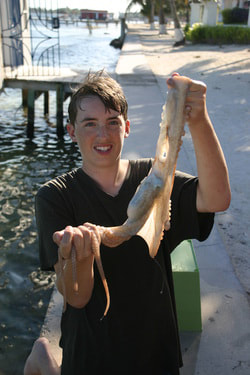 This was an amazing find off the dock today. When I brought it out of the water, a crowd gathered at the beach, to see what I had caught. I wanted to show everyone what a Caribbean Reef Octopus looks like. The Caribbean Reef Octopus is a coral reef marine animal. It has eight long arms that vary in length and diameter. The "body" is large and chunky in comparison (up to 60 cm long). The Caribbean Reef Octopus is difficult to describe because it changes color and texture in order to blend into its surroundings, using specialised skin cells known as chromatophores. Its color range is incredibly large; it can change from crismson to green, bumpy to smooth. It weighs around 3.3 lb or 1.5 kg. The Caribbean Reef Octopus lives in warm waters around coral reef environments, with grassy and rocky sea beds. The Caribbean Reef Octopus lives in hidden, rocky lairs that are difficult to locate. Their lairs are usually created in shallow warm waters. The Caribbean Reef Octopus is not a social animal and does not interact with other Octopus briareus unless mating. If one Octopus was to go into any other Octopuses lair there would be an inevitable fight. Caribbean Reef Octopuses are usually safe from invoking fights if they stay 60 feet away from other octopuses at all times. If faced with a predator a Caribbean Reef Octopus, like most other octopuses, would suck up a volume of water then expel it quickly in the form of a jet to propel itself away from the foe. To further deter predators the Caribbean Reef Octopus can eject oil to mask its escape. The Caribbean Reef Octopus does not live in its lair for its entire life, instead it moves often except while caring for young/eggs. The Caribbean Reef Octopus feeds on crabs, shrimp, lobsters, and a variety of fish. The Caribbean Reef Octopus is a nocturnal species and only hunts at night. Like all animals found in the sea, the octopus faces such threats as polluted water, as well as diminishing resources due to environmental exploitation. Protecting this species is yet another reason why we need to conserve and respect the environment.
0 Comments
Your comment will be posted after it is approved.
Leave a Reply. |
Is located on the island of Ambergris Caye, directly across from the Belize Barrier Reef, off the mainland coast of Belize. The property is nestled in a cluster of Australian Pine trees, backed to a littoral jungle, and surrounded by tropical gardens. It's about a one minute walk from the property to the beach, and a 10-15 minute drive from the island airstrip to the property.
We offer one bedroom suites (455 s.f.) of living area to include: livingroom, kitchenette, private bathroom and bedroom. We are also about a one minute walk from one of the best restaurants on the island serving (breakfast, lunch & dinner). Within walking distance you can find: (3) blocks is Robyn's BBQ (4) blocks is 2 fruit stands (5) blocks local grocery store IF YOU'RE COMING TO BELIZE TO............... If you're coming to Belize to dive the Blue Hole, descend the shelf walls at Turneffe, snorkel the Barrier Reef, explore Mayan ruins, rappel into a cave, kayak along the river through caves, zip line through jungle tree tops, hike through a cave to see an ancient human skeleton, swim with sharks, listen to Howler Monkey's, hold a boa constrictor, feed a jaguar, horseback ride through the jungle, canoe through a cave, rappel down a waterfall, sail around an island, enjoy cocktails & dinner to a sunset, climb 130' feet to the top of a Mayan ruin, rip up the jungle trails on an ATV, float through a series of caves on a tube, and sip on a rum punch..... then this is the place for you. Belize Budget Suites, offers you clean, affordable, attractive, accommodations, at prices that allow you to do all the things just mentioned. Archives
February 2021
Categories
All

For All Your Home Improvement Needs

For all Your Real Estate Needs
501-226-4400 10 Coconut Dr. San Pedro, Belize Your Ad Could Go Here
|

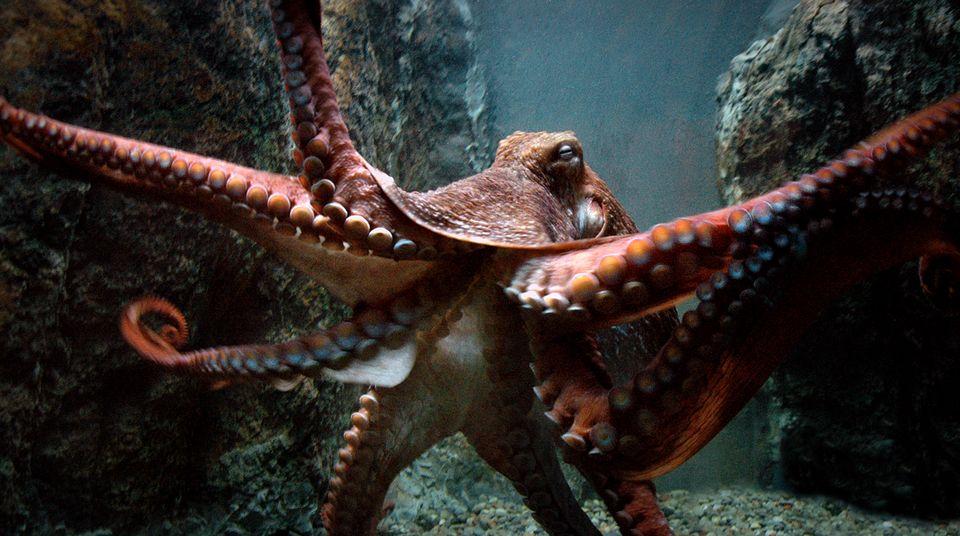
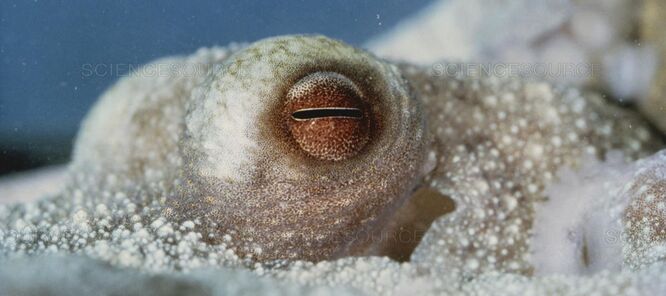
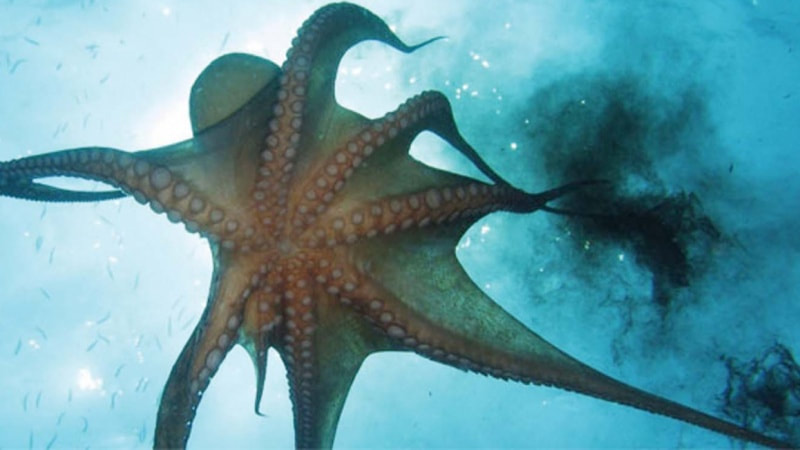
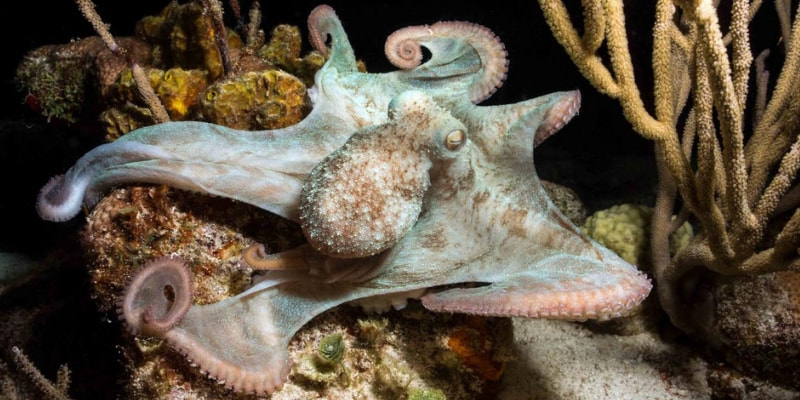

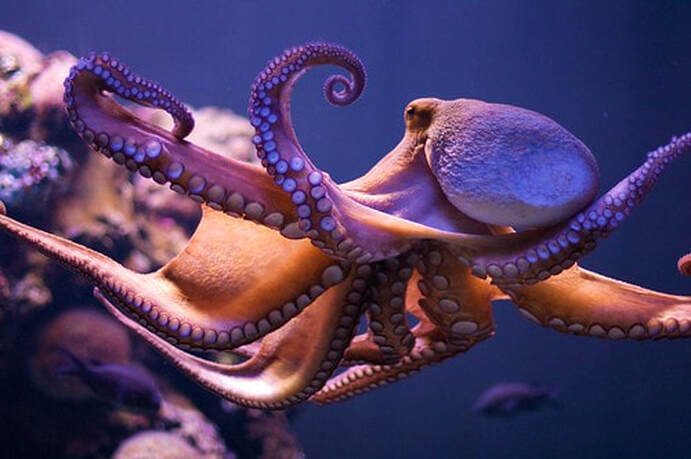
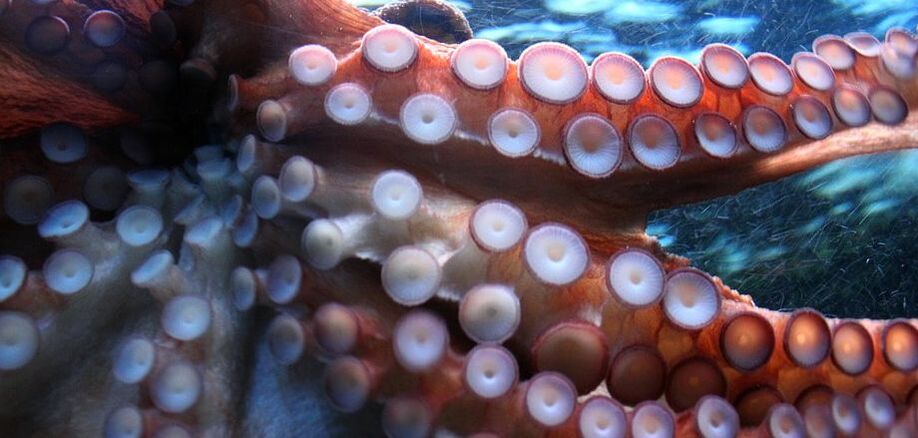
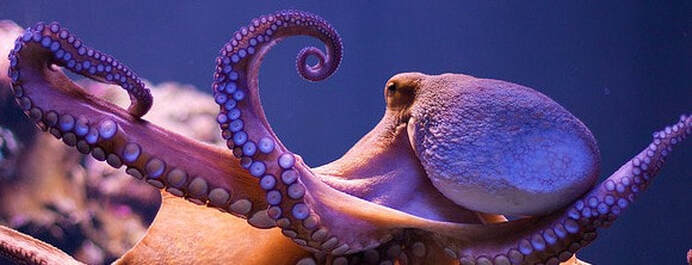
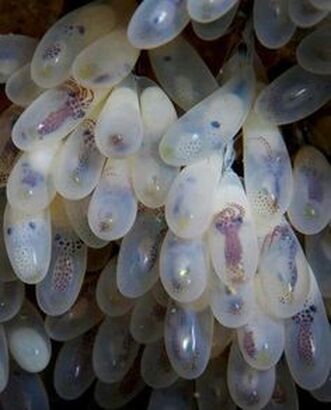
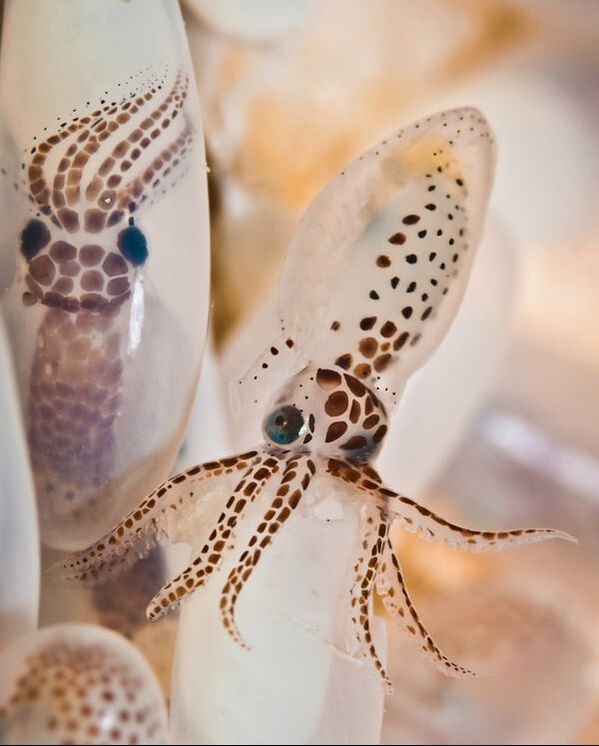
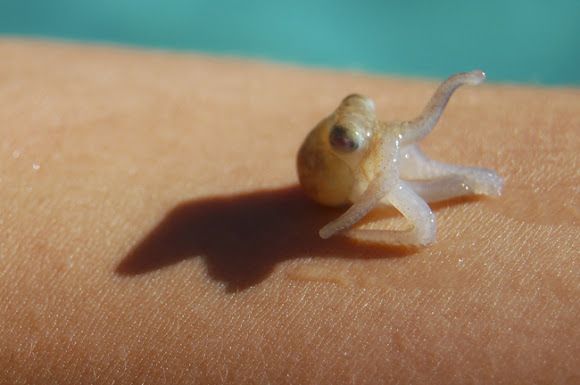
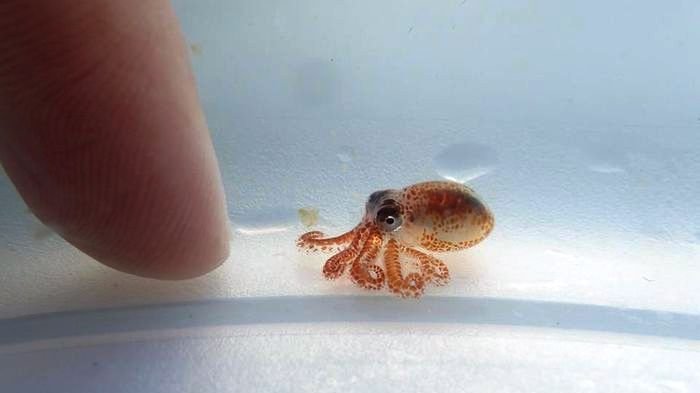
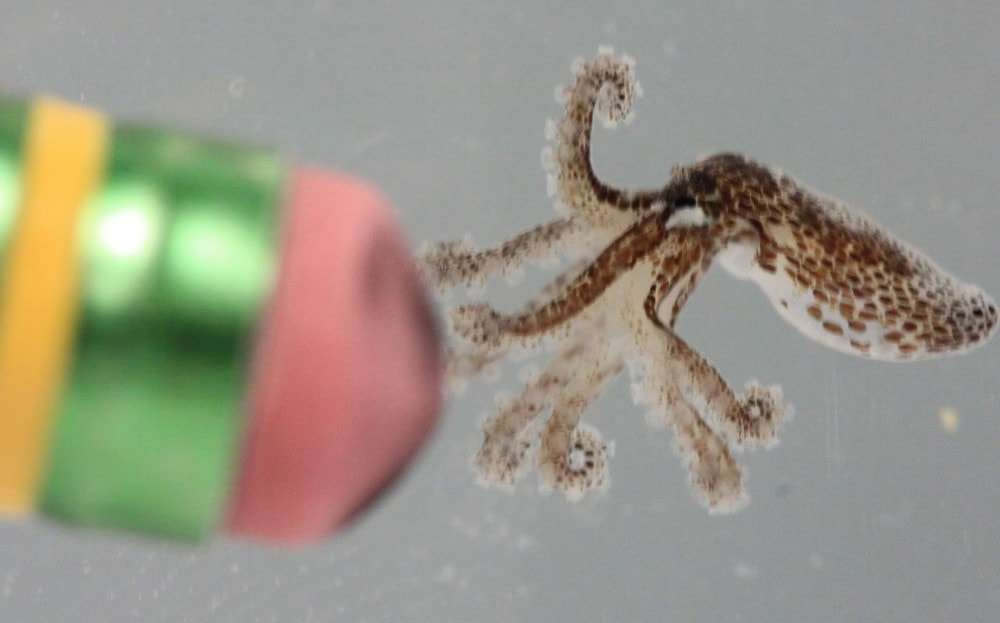
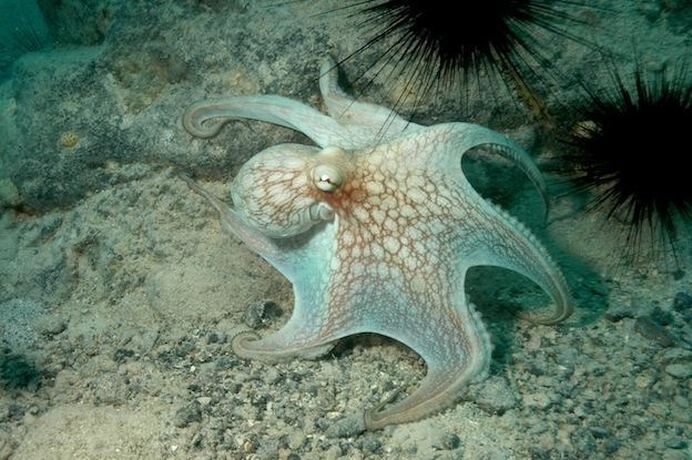

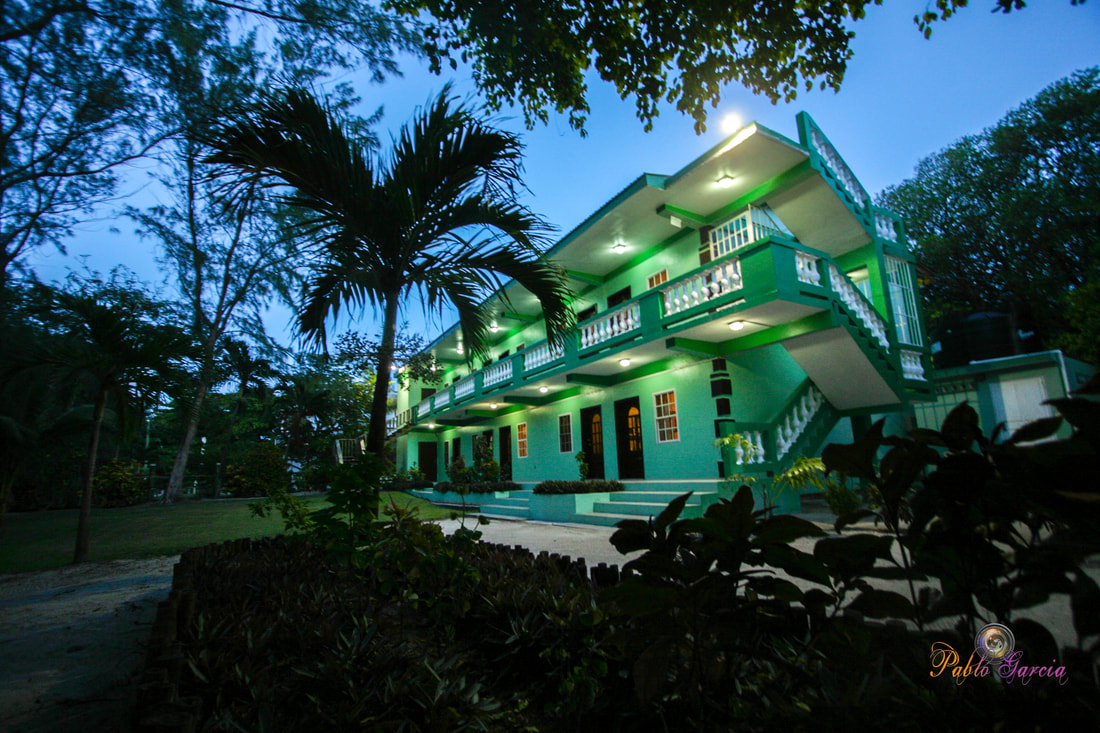
 RSS Feed
RSS Feed




